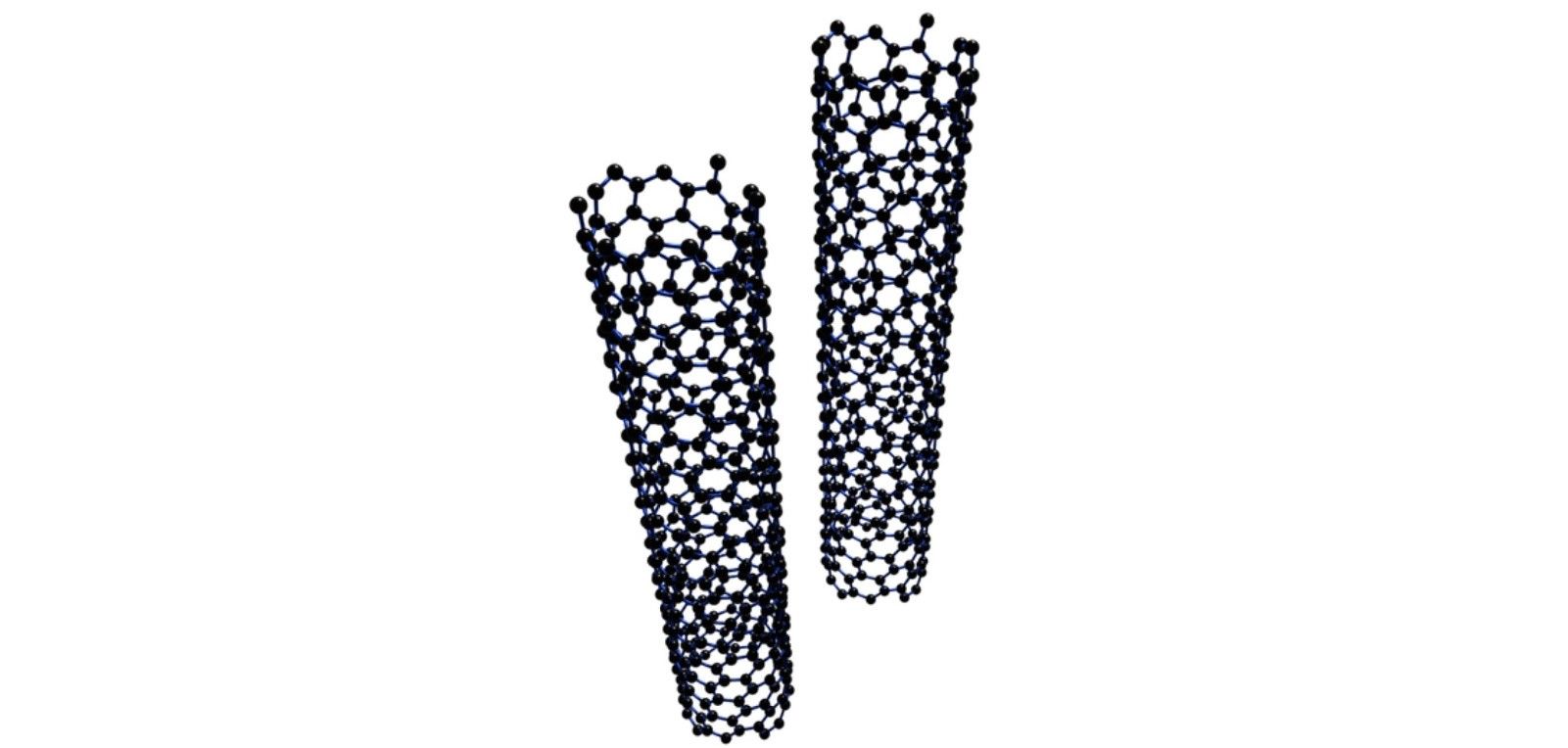“Nanotechnology is a rapidly growing field,” notes the financial journal InvestInNano. “[It] is rapidly growing in terms of the volume output, the range of materials being produced, the applications they can be used in, and the end-user markets where they are being adopted. Their incorporation into different industries is happening all around the world.”
This is great news for those who have invested or are thinking of investing in nanotechnology. However, because it is happening in so many ways, it is difficult for investors to choose which sector of nanotechnology to entrust with their savings.

With this is mind here is a simple breakdown of the main nanomaterial types and their roles in industry and consumer products.
Nanoparticles
Nanoparticles are perhaps the most commonly used nanomaterials, with a versatile and wide range of materials that can be used in nanoparticle form.
As the InvestInNano journal explains, “… due to the sheer number of nanomaterials that can be used, alongside the large amount of materials and mediums where nanomaterials can be incorporated … it can take a while to get the product right from an optimisation perspective, which can increase the time it takes for a product to get to market. But, once the ratios and the processes are right, the products show much better properties than their non-nanomaterial counterparts. This is one of the many reasons why they are used; and nanoparticles in particular, often bring about multiple benefits.”

Consequently, nanoparticles can be made of copper, silver, titanium dioxide, gold, silica dioxide, or any one of hundreds of other substances. They are used in plastics, electronics, fertilizers, military hardware, composites, aerospace, space exploration, sensors, construction, metallurgy, oil and gas extraction, packaging, automobiles, paints and coatings, textiles, to name a few. The list of applications is almost endless, and the number of companies fabricating and using them is growing longer and longer.

For example, the Prague-based company AG CHEMI GROUP (who host this website) is taking great advantage of the nanoparticle revolution in industry. They have patented numerous processes for boosting nanoparticle dispersion in rubber, concrete, plastics, and elastomers.
To find out more about the advances that AG CHEMI GROUP is making through the application of nanoparticles in industry read: Nanostructured Polymers Give Plastic New Properties and New Markets, Three New Approaches for Improving Concrete with Nanoproducts, or Car Tyre Recycling Increased by Elastomer Nanotechnology Discovery.
Using these methods, the company has found a way to use nanotechnology to recycle on-site building waste into concrete. A different process can disperse nanoparticles more effectively through polymers, while another can disperse nanoparticles at only the surface of a material where it is often most needed (making huge savings). A final approach has even created a nanofabric which kills pathogens on contact.
Called NANO AB PP-25, the textile can be made from either synthetic or man-made fibres which have nanoparticles of copper, zinc, silver, gold, and cerium embedded into the fabric to give it anti-viral and anti-bacterial properties.

The newly patented product is now due to be produced in the Czech Republic, where it can be used to make hospital linen, surgical gowns, nurses’ uniforms, or even tablecloths in restaurants.
Crucially, the fabric is durable and washable, and according to the company’s CEO Igor Sevcenko, the material is capable of, “killing 99.99% of all known bacteria and virus.”
To learn about the options for investing in NANO AB PP-25 visit: AG CHEMI GROUP.

Other examples of companies that have successfully employed nanoparticles include AkzoNobel who use nanoparticle additives in a many their paints. The particles increase crack resistance and mechanical strength while boosting depth of colour.
Philippine-based Nanofixit is using a nanoparticle coating on mobile phone displays, while in the UK, the company Cametics is using nanoparticles in the development of advanced composite materials.
Carbon Nanotubes
The nanotechnology journal Nanowerk describes carbon nanotubes (CNTs) as “… molecules that consist of rolled-up sheets of single-layer carbon atoms (graphene). They can be single-walled (SWCNT) with a diameter of less than 1 nanometer (nm) or multi-walled (MWCNT), consisting of several concentrically interlinked nanotubes, with diameters reaching more than 100 nm.”

While incredibly thin, the tubes can be synthesized to a few metres in length, although they are typically not much longer than about 100 nanometres.
Despite their small size, use of CNTs in manufacturing provides numerous benefits. These include:
· Exceptional strength (400 times stronger than steel)
· Very low weight (1cm3 of steel weights six times more than 1cm3 of CNTs)
· Excellent thermal conductivity
· a tip-surface area near the theoretical limit (a small tip-surface allows for a greater concentrated electrical field)
· Chemical stability
· Extreme resistance to chemical corrosion
Early use of CNTs was limited as nanotechnology researchers had difficulty arranging all the tubes accurately or found that they could not disperse them widely and evenly in other materials. Now that these issues have been largely solved, the use of CNTs is gaining traction.
As the InvestInNanoreport explains, “… as more efficient dispersion methods have been utilised … the likes of Samsung Electronics [is] trialling them in phone displays, Motorola [is] testing them in TVs, DexMat [is] creating CNT yarn, rope and tape, and BMC Switzerland [is] using them in their bicycle frames.”

Additionally, as they have a hollow interior, CNTs can be filled with other nanomaterials. As the tube shields the interior, the pharmaceutical industry has found great use for carbon nanotubes in drug delivery systems, allowing delayed or slow release treatment, as well as direct drug delivery to a specific organ or tumour.
In fact, it can easily be said, that the use of nanomaterials is opening up a whole world of new possibilities. Yet knowing which to invest in is no easy task, because beyond nanoparticles and nanotubes there are other forms creating even more options.
To find out how other nanomaterials are influencing business and their potential for investment, read: What is the Best Nanotech to Invest In? Part 2 Graphene and More
Photo credit: Pexels, Dean Simone from Pixabay, seagul from Pixabay, OpenClipart-Vectors from Pixabay, Wikipedia, Wikipedia, Pixabay, Researchgate, Austin Distel on Unsplash, Gian Cescon on Unsplash